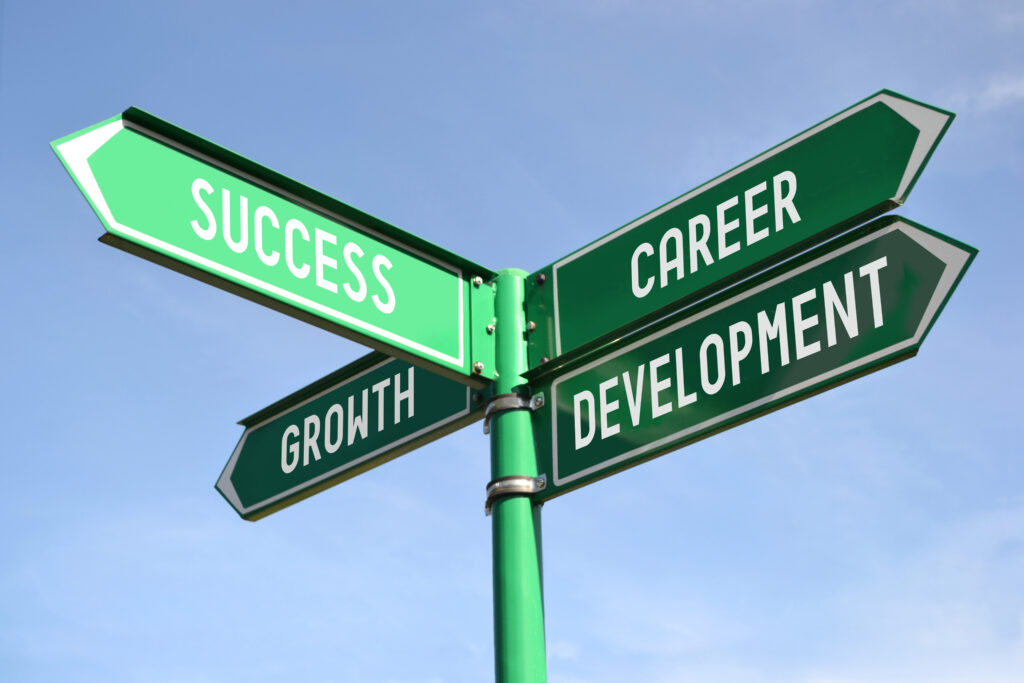
Introduction
Job interviews are crucial moments in the hiring process, and it’s important to make a good impression. One way to ensure that you impress your potential employer is by dressing appropriately for the interview. However, with different industries, companies and cultures, it can be tricky to know what to wear. In this article, we’ll provide a complete guide to job interview clothes, including what to wear, what not to wear, and industry-specific interview attire.
How To Dress For A Job Interview
The first thing to consider when choosing an interview outfit is the dress code of the company you are interviewing with. Do some research on the company culture and dress code to determine what type of attire would be appropriate. If you’re unsure about the dress code, it’s always better to overdress than underdress.
Some general, Do’s and Don’ts of interview attire include:
- Do wear clean and pressed clothing.
- Do wear clothing that fits properly.
- Do not wear clothing that is too revealing or casual.
- Do not wear anything too flashy or distracting.
Tips For Men and Women On Interview Clothing Include:
- Men should wear a suit or blazer, dress shirt, dress pants, and dress shoes.
- Women should wear a skirt or pantsuit, a dress blouse, and closed-toe shoes.
- Accessories should be kept to a minimum.
What Not to Wear to a Job Interview
There are certain clothing items that should be avoided in interview attire. Avoid wearing anything too revealing, such as shorts or low-cut tops. Also, avoid anything too casual, like t-shirts, jeans or sneakers. It’s important to dress professionally, even if the company you’re interviewing with has a more relaxed dress code.
Examples of inappropriate interview outfits include:
- Men wearing shorts, t-shirts, or sneakers.
- Women wearing short skirts, low-cut tops, or sandals.
- Anyone wearing anything with offensive language or graphics.
Interview Clothes For Women
There are many different options for interview outfits for women. A classic pantsuit or skirt suit is always a safe choice. When it comes to colours and styles, neutral colours like black, navy, and grey are always a safe choice. A blouse or button-up shirt is a great option to pair with a suit. Shoes should be closed-toe and low-heeled, and accessories should be kept to a minimum.
Interview Clothes For Men
For men, a suit is always the best option for a job interview. If you don’t own a suit, a blazer and dress pants can work as well. Dress shirts should be plain or patterned, and ties should be conservative. Shoes should be polished dress shoes, and socks should match the pants.
Accessories can help to complete a professional look. A leather belt, tie clip or pocket square can add a touch of sophistication to an outfit. However, it’s important not to go overboard with accessories.
Video and Virtual Job Interview Attire
With the rise of virtual interviews, dressing appropriately on camera has become important. It’s important to dress as you would for an in-person interview. Stick to neutral colours, avoid distracting patterns, and avoid wearing anything too casual. It’s also important to test your camera beforehand to ensure that your outfit looks good on camera and that you avoid wardrobe malfunctions.
Industry-Specific Interview Attire
Different industries have different dress codes, and it’s important to dress appropriately for the job you’re interviewing for. Here are some industry-specific interview attire guidelines to keep in mind:
Corporate:
For corporate jobs, a suit is always a safe choice. Stick to neutral colours like black, navy, and grey, and avoid anything too flashy or distracting. Men should wear a tie, and women should wear closed-toe shoes with low heels.
Government:
When it comes to dressing for a job interview in the government sector, it’s important to keep in mind the conservative nature of the industry.
Creative:
Creative jobs like graphic design or advertising often have a more relaxed dress code. However, it’s still important to dress professionally. Opt for a polished and stylish outfit, but avoid anything too flashy or trendy.
Blue-collar:
For blue-collar jobs like construction or manufacturing, dress appropriately for the job. Wear clothing that is durable and can handle the demands of the job, but also looks professional. Avoid anything too casual or revealing.
Teaching:
When interviewing for a teaching position, dress professionally and conservatively. A suit or blazer with dress pants or a skirt is a safe choice. Avoid anything too casual or revealing, and stick to neutral colours.
Nursing:
When interviewing for a nursing position, wear scrubs that are clean and pressed. Avoid anything too bright or colourful, and stick to solid colours or subtle patterns.
What to Wear as a Mature Candidate to a Job Interview
Dressing professionally as an older woman can be challenging, but there are ways to look stylish and professional. Here are some tips for mature candidates:
Stick To Classic Styles:
Opt for classic pieces like a tailored blazer or dress pants. Avoid anything too trendy or flashy.
Invest In Quality Pieces:
Invest in quality pieces that fit well and look polished. This can include a classic trench coat, a high-quality leather handbag, or a pair of stylish loafers.
Accessories:
Adding accessories can help to complete a professional look. A statement necklace or a pair of stylish earrings can add a touch of sophistication to an outfit.
Choose Muted Colours:
Neutrals like black, navy, and grey are always a safe choice, but don’t be afraid to add a pop of colour with a scarf or a piece of jewellery. Avoid overly bright or bold colours that may be distracting.
Conclusion
Dressing appropriately for a job interview is an important part of making a good impression. It’s important to consider the dress code of the company you’re interviewing with, as well as the industry and job you’re interviewing for. Stick to classic and conservative styles, and avoid anything too flashy or revealing. With these tips, you’ll be able to dress with confidence and make a great impression during your job interview.




